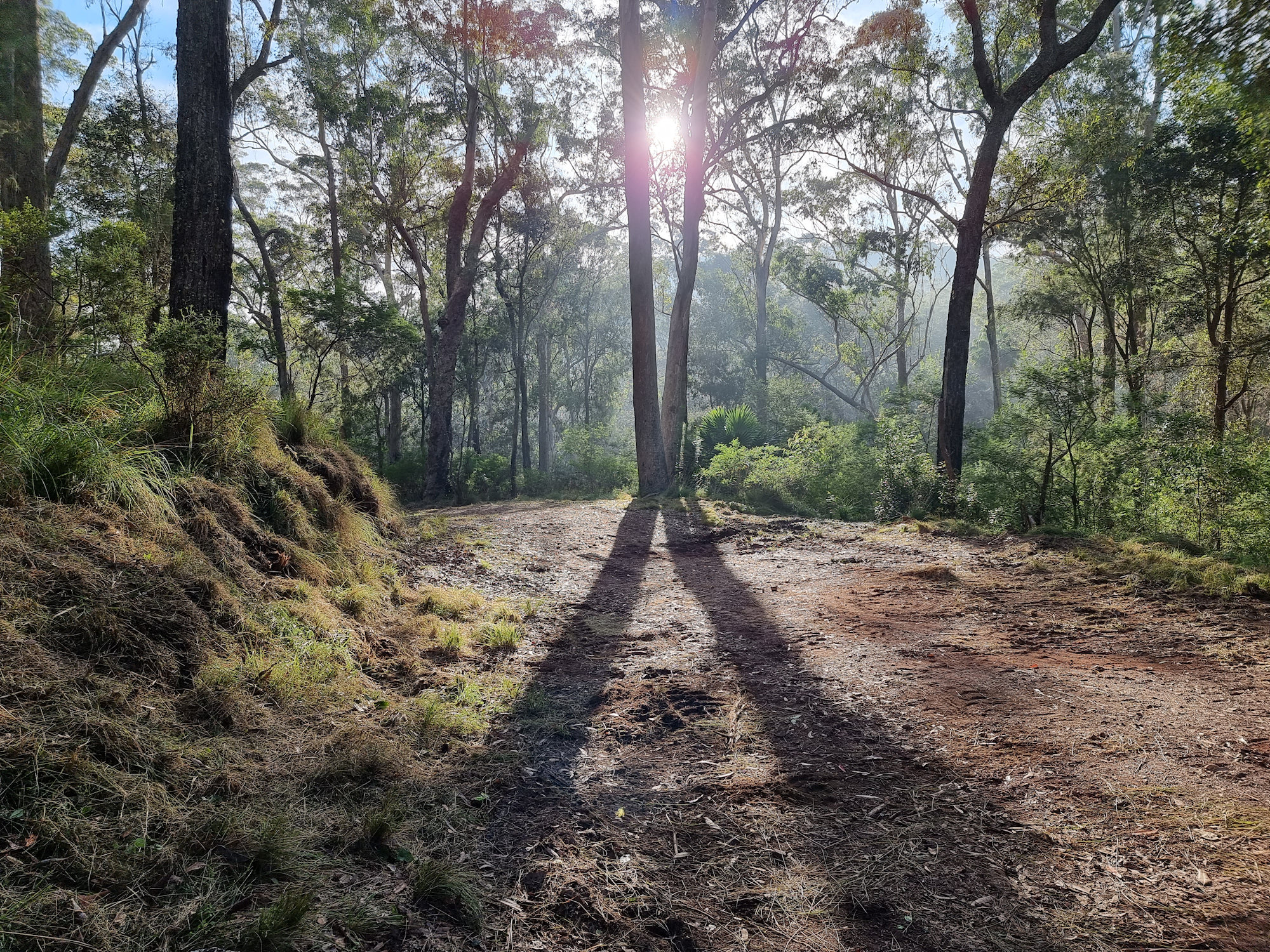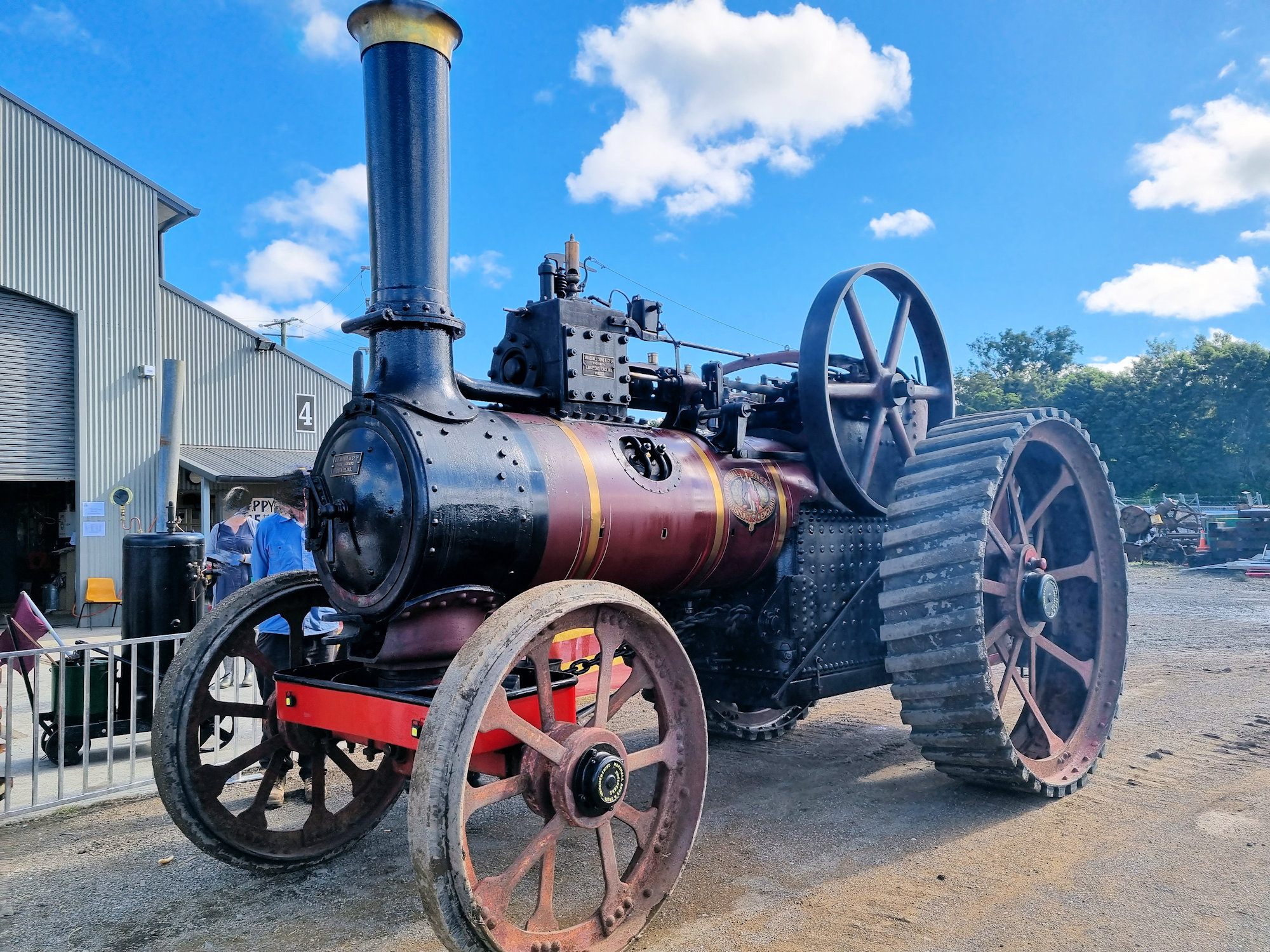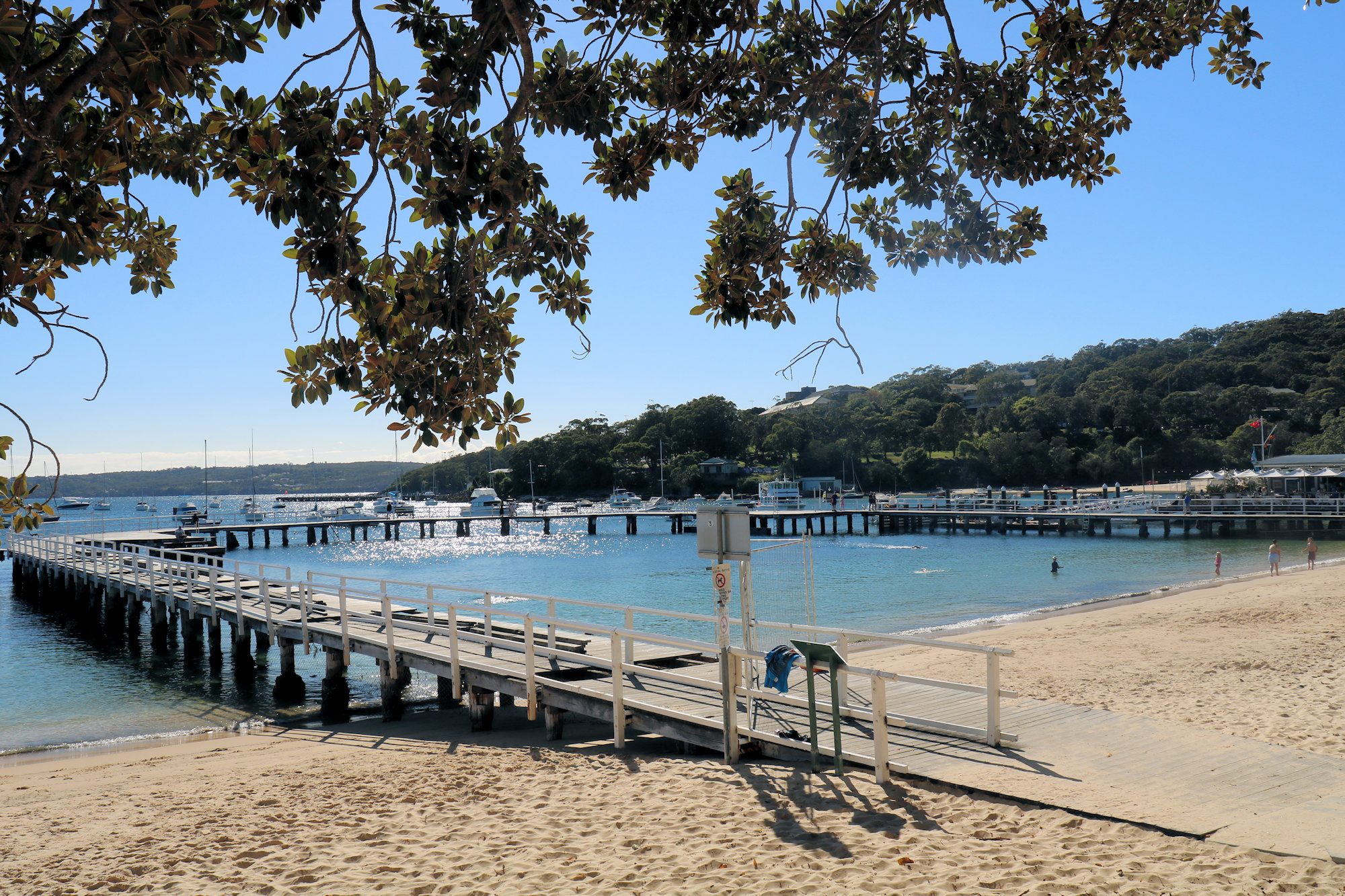Category: Australia
-
Palona Cave Walk

Palona Cave Walk Located in the Royal National Park, near Sydney the Palona Cave Walk is a short and easy bush walk. It takes you through beautiful temperate rainforest to a large limestone cave and a cascading waterfall. Getting There We drove to Royal National Park, arriving just after sunrise, so that we could catch… Read more
-
Maitland Steamfest 2023

Maitland Steamfest 2023 This took place on 29 and 30 April 2023 in Maitland, New South Wales. Maitland Steamfest 2023 was a festival of steam and industrial heritage. The festival celebrates Maitland’s rich steam and industrial history, which dates back to the 19th century when the city was a major coal mining and railway centre.… Read more
-
Balmoral Beach

Balmoral Beach Balmoral Beach is a picturesque and popular beach located on the north shore of Sydney Harbour, Australia. It’s a great place to swim, relax or just take in the scenery. Getting There During busy time like weekends and public holidays, the area can be very busy, so getting there early might be a… Read more